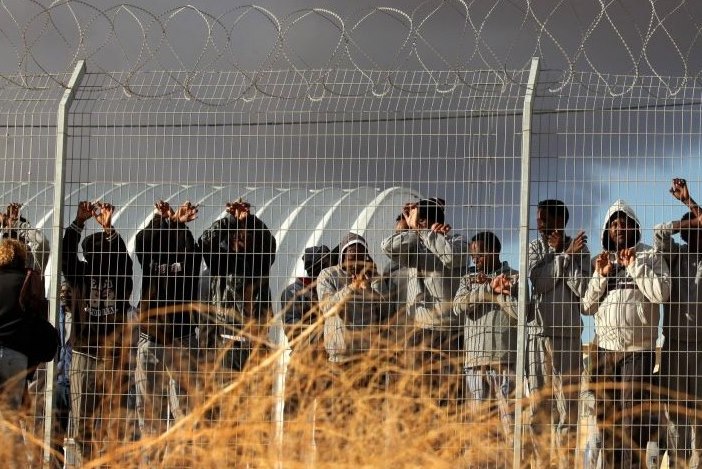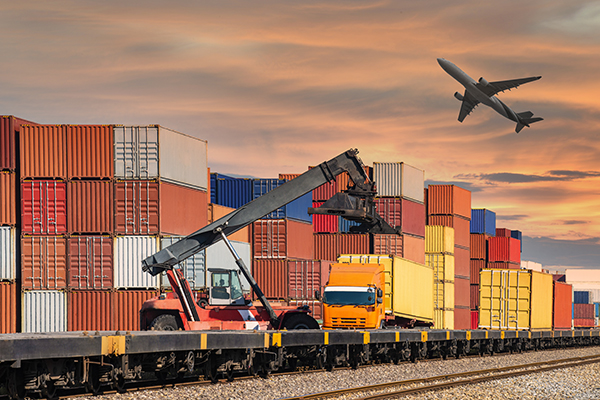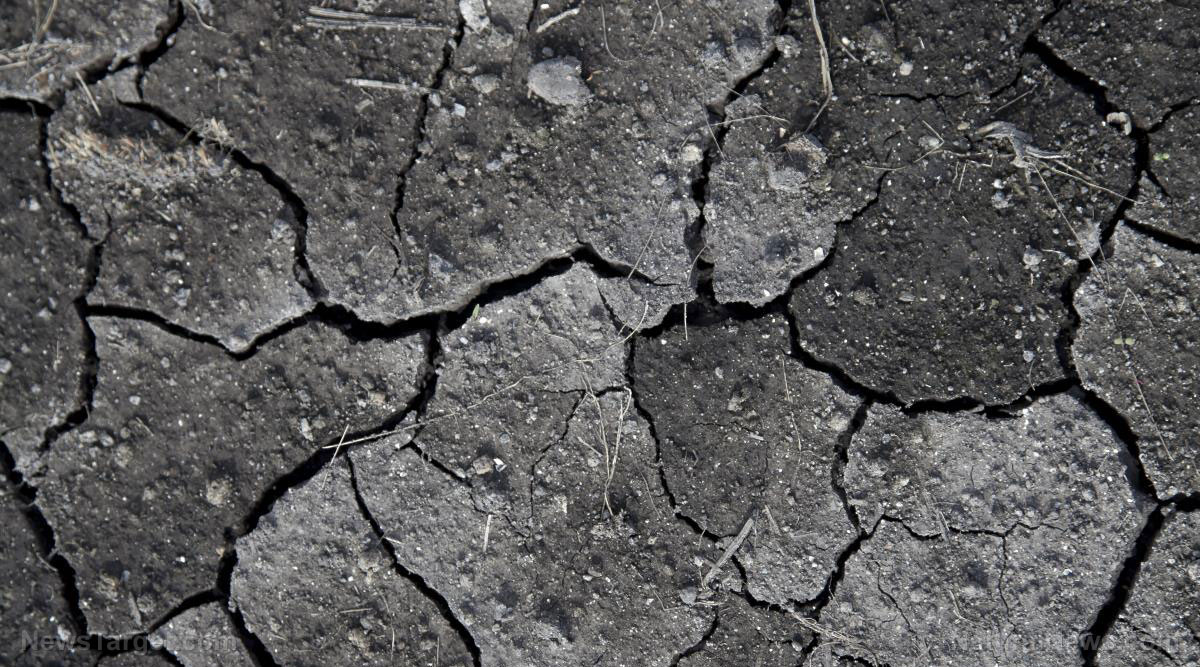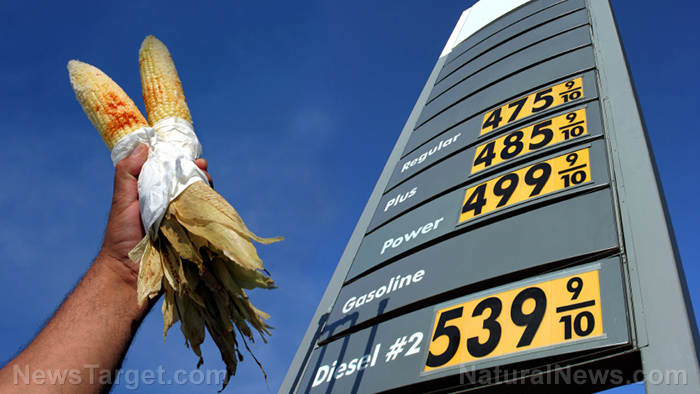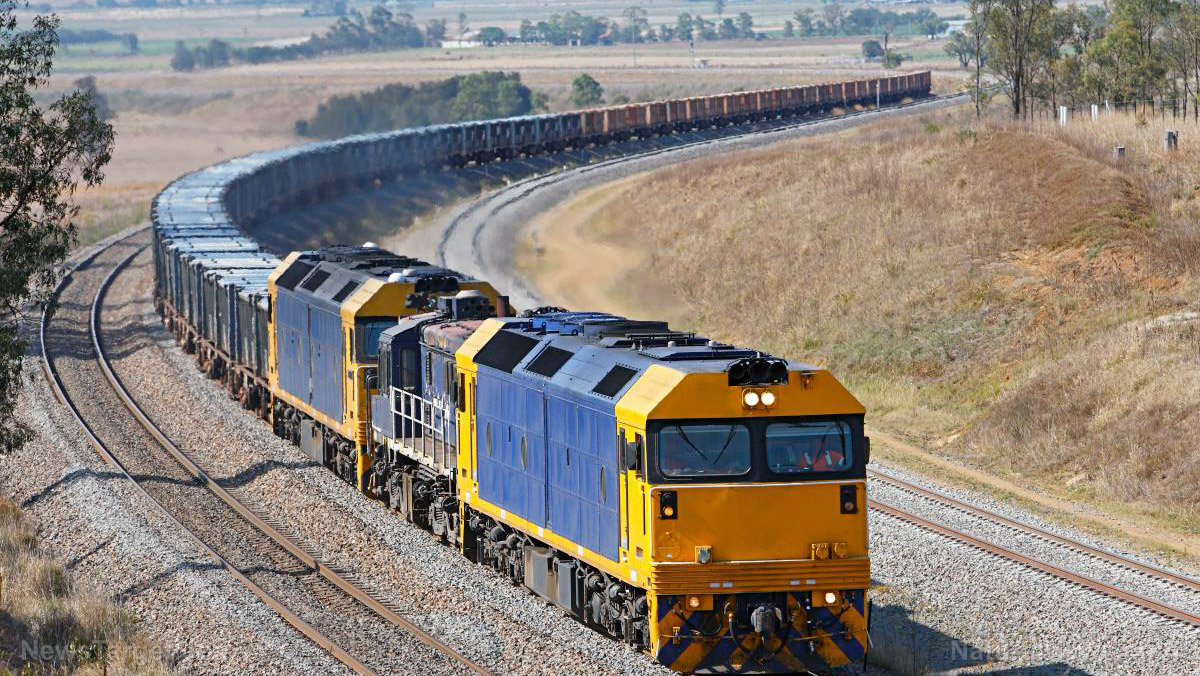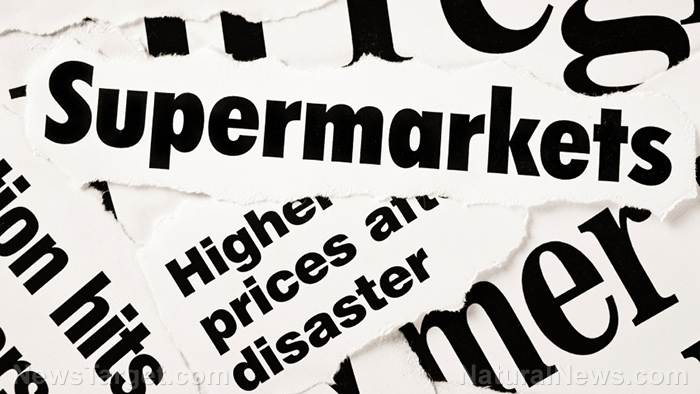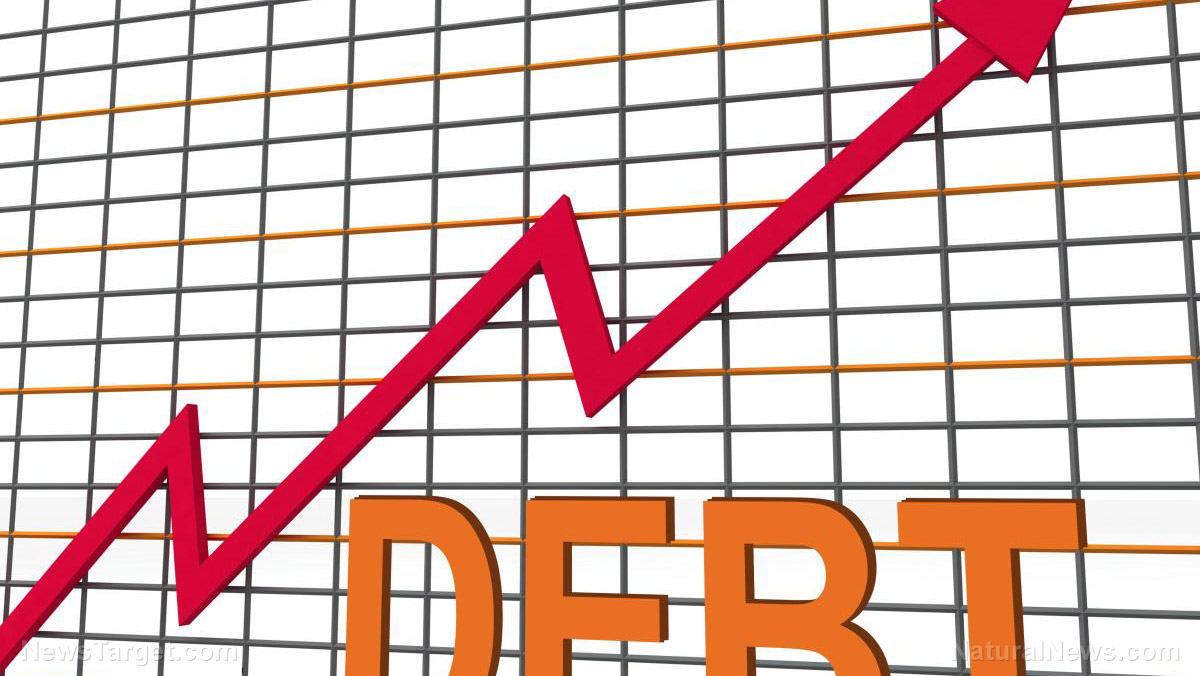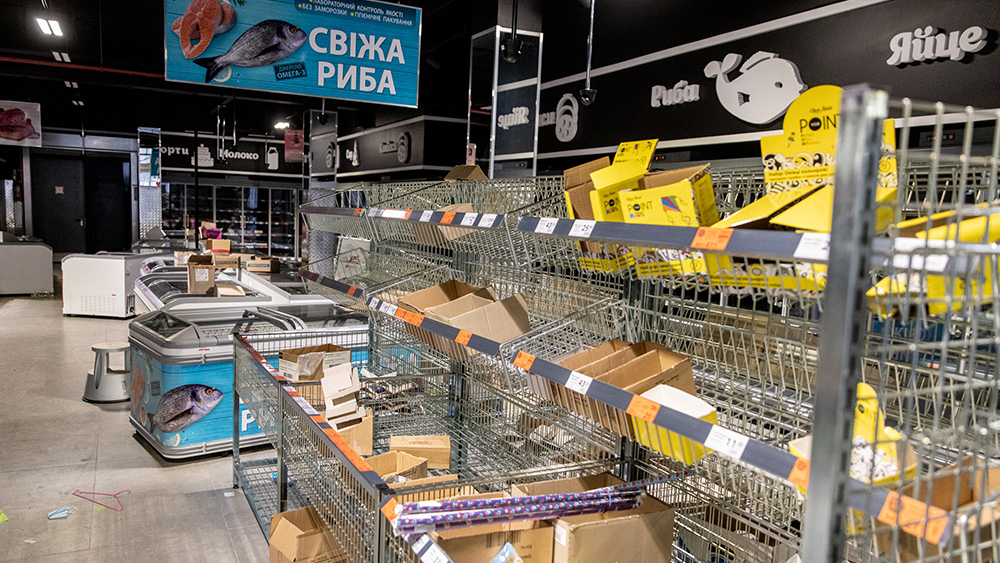Inflation and supply shortages could get worse thanks to omicron hysteria, OECD warns
12/08/2021 / By Cassie B.
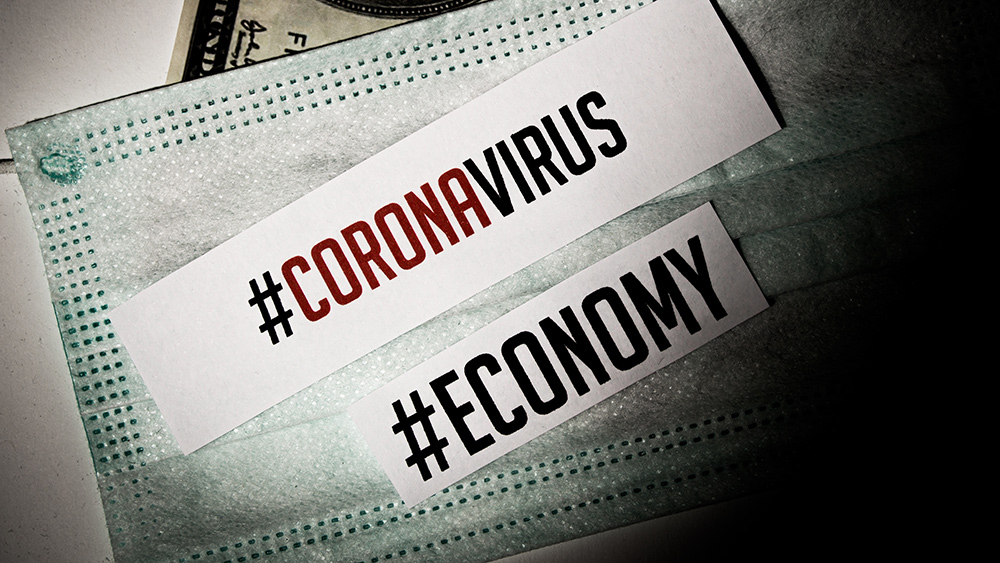
The hysteria over the omicron coronavirus variant is threatening to cause a serious global slowdown, the Organization for Economic Cooperation and Development (OECD) has warned. The economic think tank said that a renewed wave of the pandemic could exacerbate the existing strain on the economy due to high inflation levels.
Researchers are still working to determine if omicron is more transmissible than other variants of the disease and whether or not it is resistant to vaccines. If either of these possibilities ends up being the case, there are concerns that the current supply chain crisis could deepen and inflation could stick around for even longer as a result. However, there is another possibility as well, according to the organization.
OECD chief economist Laurence Boone said that the international economy could find itself in one of two scenarios thanks to the uncertainties posed by omicron: “One is where it creates more supply disruptions and prolongs higher inflation for longer. And one where it is more severe and we have to use more mobility restrictions, in which case demand could decline and inflation could actually recede much faster than what we have here.”
In the UK, managers of restaurants, bars and pubs have reported a string of cancellations for Christmas party bookings as fears grow over the new variant, indicating that it is already having a damaging effect on the economy. The OECD said in its latest economic outlook report that global recovery from previous lockdowns continues but momentum is easing and becoming imbalanced. They project global GDP growth this year will be 5.6 percent and expect it to be around 4.5 percent next year before falling back to 3.2 percent for 2023, which is close to the rate seen before the pandemic.
Concerns about inflation continue to grow around the world. Now that lockdown measures have eased in much of the world compared to earlier this year, the demand for goods and services is rising significantly. This is leading to supply constraints and freight bottlenecks, and the resultant shortage of materials is pushing up prices across the board.
The OECD has raised its inflation forecast for 2022 to 4.4 percent, which is an increase over the 3.9 percent they estimated in September. They expect the biggest increases to be seen in the US and the UK, were they predict rates will be 3.1 and 4.4 percent respectively.
Fed chair indicates inflation is here to stay
Federal Reserve chair Jerome Powell shares this concern. He told a congressional committee that the rising rates of COVID and the new variant are posing new risks to the American economy. He also said that it is time to accept that high rates of inflation are here to stay, remarking that the term transitory should be “retired.”
Speaking to the Senate Banking Committee, he said: “The recent rise in Covid-19 cases and the emergence of the Omicron variant pose downside risks to employment and economic activity and increased uncertainty for inflation.”
He continued: “Greater concerns about the virus could reduce people’s willingness to work in person, which would slow progress in the labor market and intensify supply-chain disruptions.”
Powell added that he believes high inflation will persist until the middle of next year and that the central bank will probably discuss tapering off its asset-buying program sooner. His comments have been interpreted by the markets as a shift toward a tighter monetary policy. Some economists believe that faster tapering and moving to higher interest rates earlier are needed to stop prices from rising.
Meanwhile, Americans continue to grapple with the current economic climate, with a new Gallup poll finding that 45 percent of American households are experiencing financial hardship related to inflation.
Sources for this article include:
Submit a correction >>
Tagged Under:
bubble, chaos, collapse, covid-19, economics, economy, infections, inflation, money supply, omicron variant, outbreak, pandemic, panic, risk, supply chain crisis, supply shortages
This article may contain statements that reflect the opinion of the author
RECENT NEWS & ARTICLES
SupplyChainWarning.com is a fact-based public education website published by SupplyChainWarning.com Features, LLC.
All content copyright © 2021 by SupplyChainWarning.com Features, LLC.
Contact Us with Tips or Corrections
All trademarks, registered trademarks and servicemarks mentioned on this site are the property of their respective owners.

